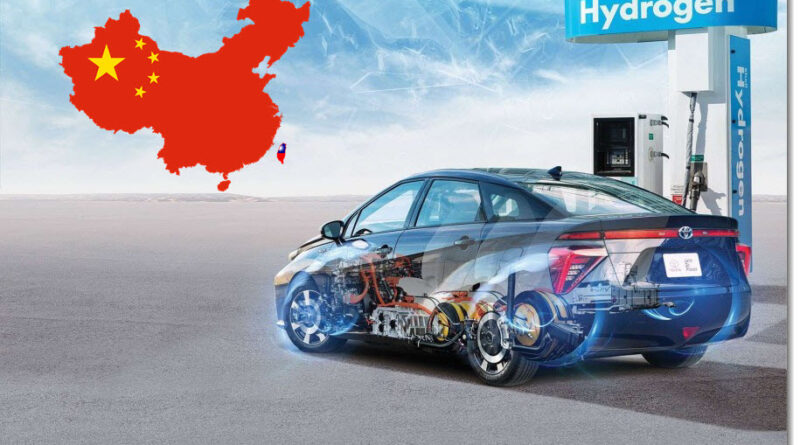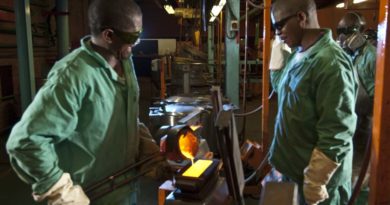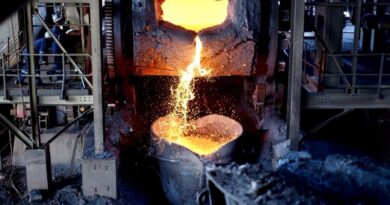Hydrogen fuel cell vehicles improve sustainability of passenger transport
In a fuel cell electric vehicle (FCEV) electrical power is produced by converting chemical energy to electrical energy using a platinum catalyst, with water and heat as the only by-products. FCEVs produce zero tail-pipe emissions and, when fuelled by hydrogen produced from renewable sources, offer a form of transport that is totally carbon-free. They refuel quickly, in a way that is similar to gasoline or diesel vehicles and can travel 300-400 miles without the need for refuelling.
While there is no doubt that growing hydrogen mobility through the wider use of FCEVs offers significant promise in terms of decarbonising transportation, increasing market penetration is a bit of a ‘chicken and egg’ situation. Car manufacturers rely on supporting infrastructure like refuelling stations to drive consumer demand, while only the assurance of a guaranteed customer base helps justify investment in refuelling stations.
H2 Moves Berlin is a pilot project in Germany which is demonstrating the everyday suitability of FCEVs as a sustainable passenger mobility solution. Through the project, partners Anglo American, Toyota Germany and the SafeDriver Group have launched Germany’s largest-ever FCEV taxi fleet using Toyota’s second-generation hydrogen fuel cell Mirai. As a result, up to 200 FCEVs will be available on the city’s streets to order through the Uber app. It is intended that both the driver and passenger experience will create FCEV advocates as users become familiar with the ease and performance of hydrogen-powered electric vehicles.
Berlin was considered an excellent location for the initiative due to its well-developed hydrogen strategy, aimed at accelerating the development and adoption of fuel cell and hydrogen technology. This is in line with Germany’s national Hydrogen Strategy which provides a coherent framework for the generation, transport and use of hydrogen.
As at the end of 2022, Germany had around 105 hydrogen refuelling stations, the highest number in Europe. The project’s hydrogen is being sourced from H2 MOBILITY Deutschland, which has four hydrogen refuelling stations in Berlin. A proportion of the project’s hydrogen will be from renewable sources, with the ambition to drive this up over time.
Hydrogen growth and platinum demand
While hydrogen-related demand for platinum is relatively small in 2023, it is expected to grow substantially through the 2020s and beyond, reaching as much as 35 per cent of total annual platinum demand by 2040, according to World Platinum Investment Council – WPIC® projections.




